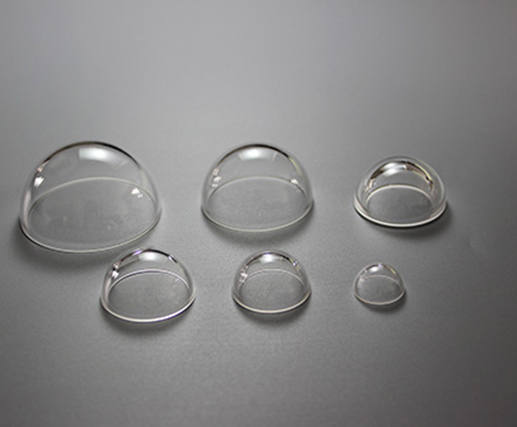How To Face The Challenges Of UV Optics Used In Industrial Lasers
Mar. 25, 2019
Manufacturing and engineering are increasingly relying on many of the advantages offered by industrial lasers. Improvements in quality, accuracy, cost and energy efficiency have led to significant advances in manufacturing and control processes and increased safety. As a company that produces Glass Optical Domes, let's talk about the UV optics used in industrial lasers.
Lasers have automated processes that were previously impossible or incredibly dangerous. Extreme environments, challenging access standards and complex processes have few competitors for industrial laser applications that offer superior power and functionality.
Clean and precise craftsmanship delivers superior quality. Lasers have largely replaced traditional production methods. The cutting, welding and drilling processes are mostly done by laser equipment. Excimer lasers and Nd:YAG lasers are now highly appreciated in many areas.
Excimer lasers, also known as excimer lasers, are gas-driven UV lasers that are widely used to fabricate semiconductor integrated circuits (chips) through lithography, micromachining, and microelectronic devices. These lasers are considered to be the most powerful lasers in the ultraviolet range.
The challenge of UV optics
Optical components used in modern laser systems and applications require short-wavelength radiation that is subjected to very high luminous flux while still being protected from damage. This requires incredible ruggedness and excellent heat resistance. They also need to be chemically resistant. High power optics are essential. Lenses and other optical components such as Fused Silica Domes should have the best performance. However, if you want to achieve this goal, you need to overcome various challenges.
With industrial laser optics, there is no room for deviation from specifications. Surface tolerances can be severe and it can be difficult to apply the coating accurately. Defects in optical components for UV applications are amplified, which means that the possibility of multiphoton absorption is higher, which is a problem that may cause damage to the optical components.
Overcoming the challenges of UV optics
Various factors need to be considered and overcome to ensure high performance and long life of UV optics.





















